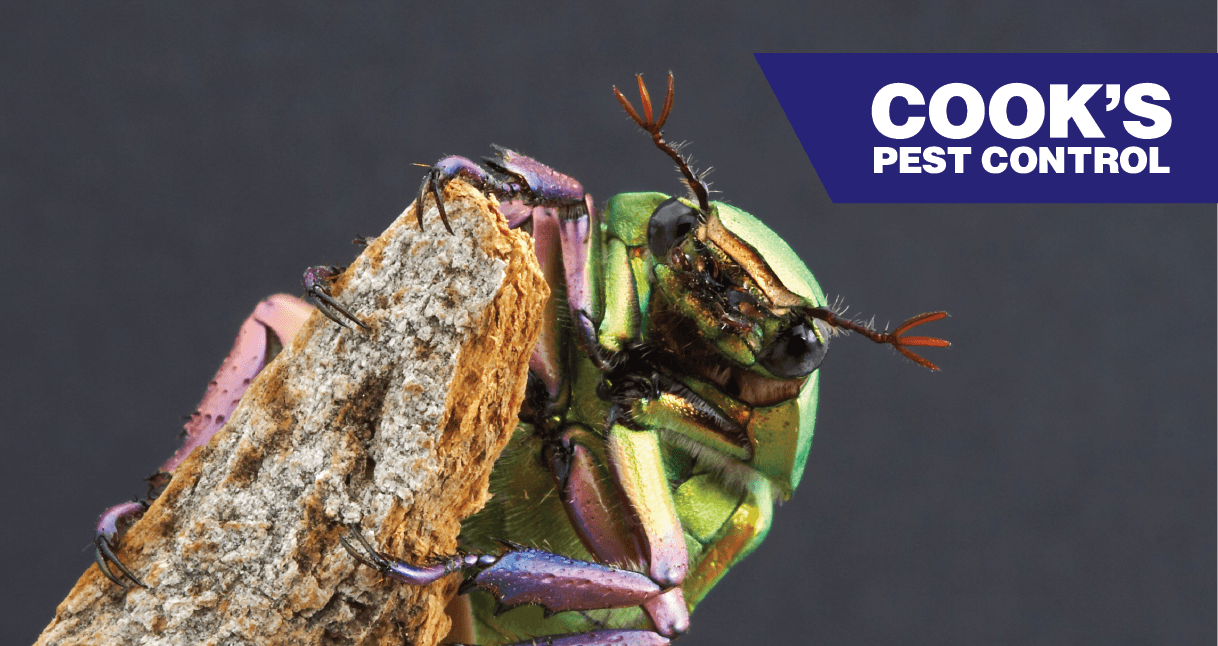Pest Profile: Rainbow Scarabs

Look Closer: The Rainbow Beetle’s Unappealing Habitat
Although the rainbow scarab (Phanaeus vindex) has a colorful, attractive exterior, its habitat is… less than attractive. Commonly referred to as dung beetles, they can often be found rolling around in dung. Despite their affinity for excrement, they have an interesting history as objects of worship in Ancient Egypt and have been made into spectacular jewelry. Even though rolling around in cow patties may not sound pleasant, the role of the rainbow scarab is important in pasture ecosystems. They are native to and most extensively found in the eastern United States, ranging from Massachusetts to South Dakota and from Texas to Florida.
The rainbow scarab has a colorful, bright exterior of metallic green, blue and red colors with a golden reflection. Adult scarabs are bulky and have an oval shape. The males and females can be differentiated by a longhorn that arises from the dorsal surface of the head as the females do not have horns. Dung beetles have a very interesting life cycle. Because of their construction-like behavior, there are three different types of dung beetles: tunnelers, rollers, and dwellers. The rainbow scarab is considered a tunneler. This means that both sexes will create tubes within a dung pat that come together into a chamber below the ground’s surface. They will put their brood (young) in this chamber and roll dung balls through the tunnels for their young to feed on. This behavior degrades the dung and is a very important part of maintaining a pasture ecosystem. Larval dung beetles will develop within the brood ball, and as adults, they will eventually emerge from tunnels in response to temperature or rainfall. They then will seek out a mate. From egg to adult, emergence is approximately two to six months. Like many animals, these beetles have a feeding preference, which in their case, is among different kinds of animal excrement. In decreasing order, from the most to least preferred animal dung: swine, opossum, dog, cow, raccoon, and horse.
Dung beetles play a critical role in reducing the accumulation of waste by different vertebrates. Although they may prefer a dirty home, they are very important. By feeding on dung, these ornate beetles not only decrease the volume of animal waste but also enrich the clay soils in which they are typically found. When it comes to nutrient recycling in pasture ecosystems, it’s tough to outshine the rainbow scarab.
Kristen Stevens, BCE
